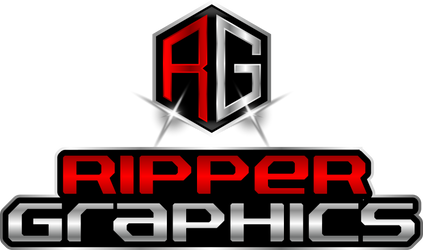When preparing art files for digital printing in large formats, it's essential to use file formats that ensure high-quality output. Here are some of the best file formats commonly used for large format digital printing:
-
TIFF (Tagged Image File Format): TIFF is a lossless file format, meaning it retains all the image data without compression. It is an excellent choice for large format printing because it preserves image quality and allows for high-resolution printing. Ensure that you save the TIFF file with CMYK color mode if it's intended for print.
-
PSD (Adobe Photoshop Document): PSD files are native to Adobe Photoshop and are suitable for raster images. Like TIFF, they support layers, which can be helpful for design and editing. Be sure to work in CMYK color mode if the file is intended for printing.
-
AI (Adobe Illustrator): AI files are vector graphics, making them a great choice for logos, text, and other elements that need to be scalable without loss of quality. Illustrator files are resolution-independent and can be scaled to any size for large format printing.
-
PDF (Portable Document Format): PDFs are versatile and widely used for print. Ensure that the PDF is set up correctly for large format printing, with the appropriate resolution and color settings. PDF/X standards are often used for print-ready files.
-
EPS (Encapsulated PostScript): EPS files are vector graphics that are commonly used in print design. They can include both vector and bitmap elements, making them suitable for various types of artwork.
-
SVG (Scalable Vector Graphics): SVG files are vector graphics commonly used for web design, but they can also be suitable for large format printing if they are created with high-resolution settings.
-
JPEG (Joint Photographic Experts Group): JPEG files are suitable for photographs and images with gradients. However, they use lossy compression, so it's important to save them with minimal compression to preserve image quality. Use the highest quality setting (low compression) when saving JPEGs for large format printing.
-
PNG (Portable Network Graphics): PNG files are commonly used for web graphics, but they can also be used for printing, especially when transparency is needed. However, like JPEGs, PNGs use lossless compression, so ensure they are saved with minimal compression for print.
-
RAW Files: If you are working with professional photography, RAW files from digital cameras can offer the highest image quality and flexibility for post-processing. These files are usually converted to TIFF or PSD before printing.
When using any of these file formats, be sure to consider the following:
-
Resolution: Ensure that the resolution of your artwork matches the desired output size and the printer's requirements (typically 150 to 300 DPI for large format printing).
-
Color Mode: Use CMYK color mode for print files, as opposed to RGB, which is used for screens. Convert RGB files to CMYK to ensure accurate color reproduction.
-
Bleed and Trim Marks: Include any necessary bleed and trim marks to guide the printer in the finishing process.
-
Fonts: Convert fonts to outlines or provide font files to prevent font-related issues during printing.
-
Proofing: Always request and review a proof of your artwork before the final print to ensure color accuracy and image quality.
It's important to work closely with your printing service provider to ensure that your files meet their specific requirements and guidelines for large format digital printing.
